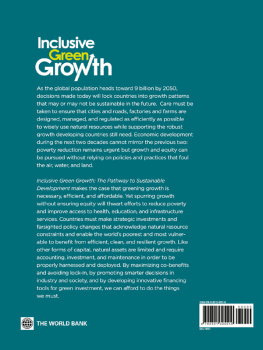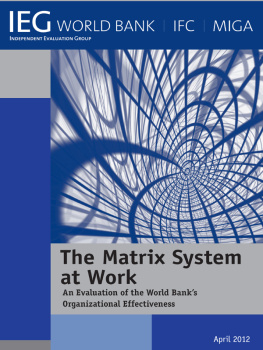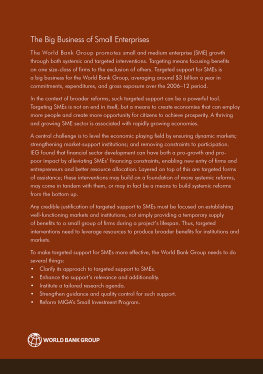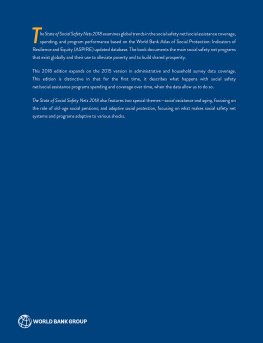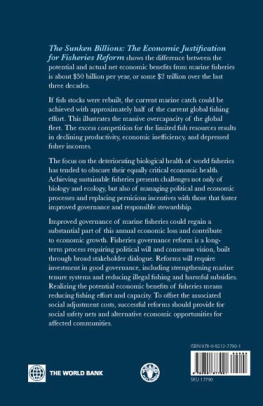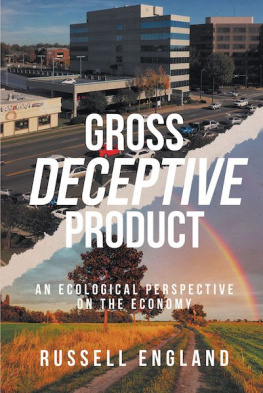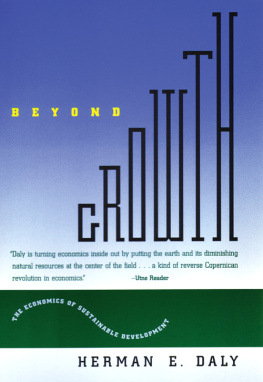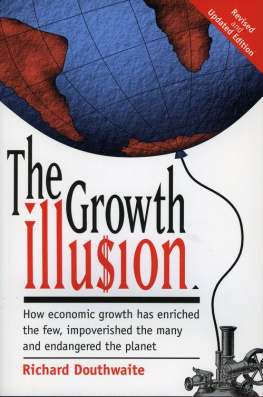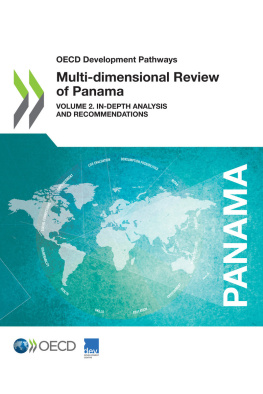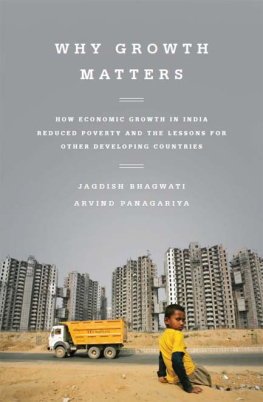World Bank - Inclusive Green Growth: The Pathway to Sustainable Development
Here you can read online World Bank - Inclusive Green Growth: The Pathway to Sustainable Development full text of the book (entire story) in english for free. Download pdf and epub, get meaning, cover and reviews about this ebook. year: 2012, publisher: World Bank Publications, genre: Politics. Description of the work, (preface) as well as reviews are available. Best literature library LitArk.com created for fans of good reading and offers a wide selection of genres:
Romance novel
Science fiction
Adventure
Detective
Science
History
Home and family
Prose
Art
Politics
Computer
Non-fiction
Religion
Business
Children
Humor
Choose a favorite category and find really read worthwhile books. Enjoy immersion in the world of imagination, feel the emotions of the characters or learn something new for yourself, make an fascinating discovery.
- Book:Inclusive Green Growth: The Pathway to Sustainable Development
- Author:
- Publisher:World Bank Publications
- Genre:
- Year:2012
- Rating:3 / 5
- Favourites:Add to favourites
- Your mark:
Inclusive Green Growth: The Pathway to Sustainable Development: summary, description and annotation
We offer to read an annotation, description, summary or preface (depends on what the author of the book "Inclusive Green Growth: The Pathway to Sustainable Development" wrote himself). If you haven't found the necessary information about the book — write in the comments, we will try to find it.
As the global population heads toward 9 billion by 2050, decisions made today will lock countries into growth patterns that may or may not be sustainable in the future. Care must be taken to ensure that cities and roads, factories and farms are designed, managed, and regulated as efficiently as possible to wisely use natural resources while supporting the robust growth developing countries still need. Economic development during the next two decades cannot mirror the previous two: poverty reduction remains urgent but growth and equity can be pursued without relying on policies and practices that foul the air, water, and land.
Inclusive Green Growth: The Pathway to Sustainable Development makes the case that greening growth is necessary, efficient, and affordable. Yet spurring growth without ensuring equity will thwart efforts to reduce poverty and improve access to health, education, and infrastructure services. Countries must make strategic investments and farsighted policy changes that acknowledge natural resource constraints and enable the worlds poorest and most vulnerable to benefit from efficient, clean, and resilient growth. Like other forms of capital, natural assets are limited and require accounting, investment, and maintenance in order to be properly harnessed and deployed. By maximizing co-benefits and avoiding lock-in, by promoting smarter decisions in industry and society, and by developing innovative financing tools for green investment, we can afford to do the things we must.
World Bank: author's other books
Who wrote Inclusive Green Growth: The Pathway to Sustainable Development? Find out the surname, the name of the author of the book and a list of all author's works by series.

